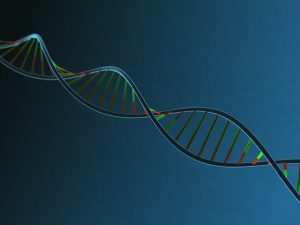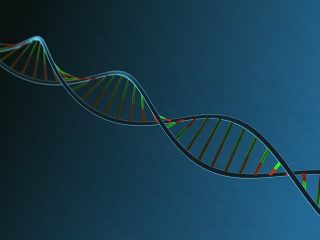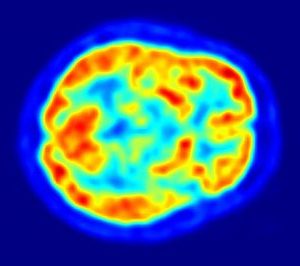Smooth Joints
June 18, 2011A Germ’s Genome in 2 Hours
July 10, 2011 One of the problems with curing genetic diseases by genetic engineering is that the easiest method is randomly inserting the correct gene. But then you not only don’t take advantage of the natural gene function regulators, but you run the risk of disrupting other genetic elements, with a consequent risk of cancer and other genetic problems. The best way to cure genetic diseases by genetic engineering is to fix the gene in situ.
One of the problems with curing genetic diseases by genetic engineering is that the easiest method is randomly inserting the correct gene. But then you not only don’t take advantage of the natural gene function regulators, but you run the risk of disrupting other genetic elements, with a consequent risk of cancer and other genetic problems. The best way to cure genetic diseases by genetic engineering is to fix the gene in situ.
Now in the article Gene Editing Treats Blood Disease, The Scientist reports on fascinating research (published in Nature) on progress in this area. Using precision DNA-cleaving enzymes called zinc finger nucleases , researchers have successfully restored nearly normal blood clotting in mice by replacing a dysfunctional gene in vivo with the human equivalent gene.
While levels of the clotting protein were much less than normal, they were enough to restore nearly normal clotting. And the critical advance is the successful integration of the working gene in place of the defective one.
There is more research to go, especially for “curing” more cells, but this is a significant advance in safe genetic engineering to cure disease.




1 Comment
[…] We’ve already seen the use of “zinc finger” nucleases to repair blood mutations in mice; now for the first time, scientists have used them to repair a defective gene in human stem cells: repairing a single nucleotide mutation without affecting anything else. […]